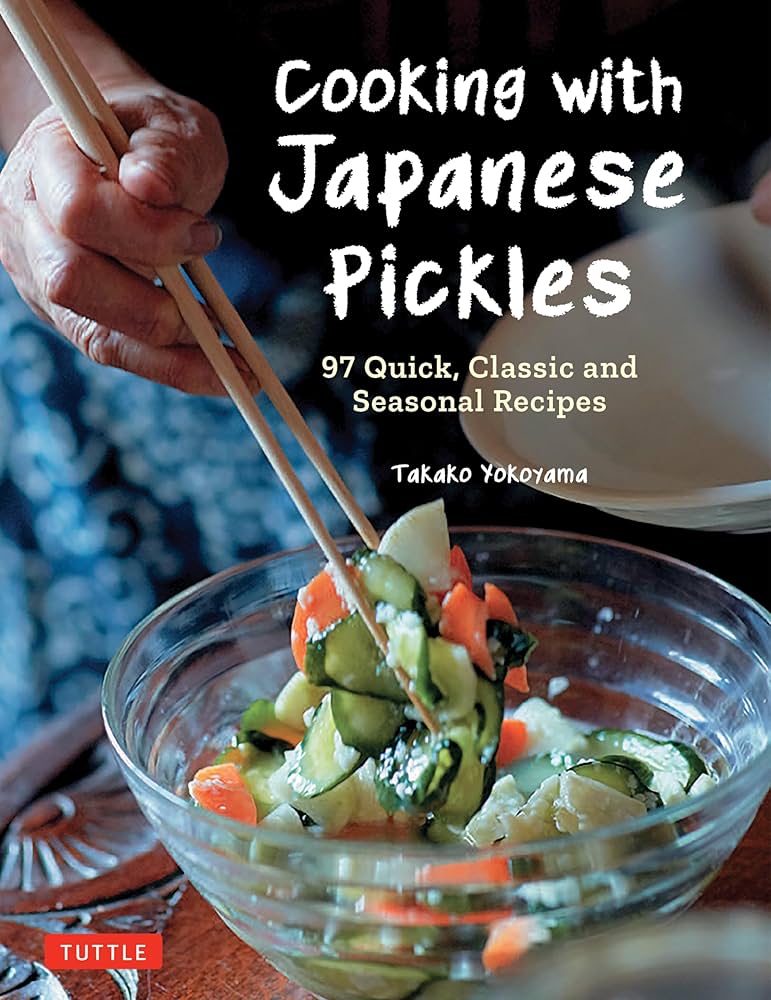The Delightful World of Pickling: A Culinary Adventure
Pickling is more than just a method of preservation; it’s a culinary art that brings a burst of flavor and history to our tables. From the tangy crunch of dill pickles to the unexpectedness of pickle-infused snacks, the universe of pickled products has expanded immensely in recent years. It’s time to explore the essence of pickling, delve into popular pickle-flavored treats, and try your hand at crafting your own pickled eggs!
An assortment of delightful pickle-flavored snacks.
The Rise of Pickle-Flavored Foods
Recently, the snack aisle has seen an explosion of pickle-flavored items. It’s hard to walk past shelves lined with pickle-flavored tortilla chips, pretzels, mustard, ketchup, and even innovative items like pickle-flavored cotton candy and soda without feeling curious. For many, these products evoke nostalgia and add a zesty twist to ordinary snacks.
I myself stumbled upon some dill pickle-flavored chips recently. They were irresistibly crispy, perfectly tart, and a little too addictive—proof that the love for pickles is stronger than ever!
A Rich History of Pickling
Pickling isn’t just a modern-day trend. It’s a method that has preserved food for over 4,000 years. Historical records suggest that pickles were key provisions for explorers like Columbus, who relied on pickled vegetables to combat scurvy during long voyages. Today, pickles are not merely a side dish; they are part of diverse culinary traditions worldwide.
Understanding the Science of Pickling
At its core, modern pickling involves immersing food in a brine made from vinegar, salt, and spices. This process creates an acidic environment that prevents spoilage and inhibits harmful bacteria growth, such as Listeria monocytogenes. Therefore, it’s crucial to follow research-tested recipes, particularly when canning for long-term storage.
For those adventurous enough to make refrigerator pickles at home, always ensure your vinegar has at least 5% acetic acid. You can find tested recipes for various pickled products on trusted sites, such as the NDSU Extension Website.
Crafting Your Own Pickled Eggs
The Basics of Pickled Eggs
One delightful way to enjoy the pickling process at home is through pickled eggs. While many enthusiasts seek to enhance their canning skills, it’s advisable to stick to fridge pickling techniques for this unique snack. Here are three simple brine recipes to help you create flavorful pickled eggs, all designed for refrigerator storage:
Brine No. 1: Dilled Eggs
- Ingredients: 1 1/8 cups white vinegar, 1 cup water, 3/4 teaspoon dill weed, 1/4 teaspoon white pepper, 3 teaspoons salt, 1/4 teaspoon mustard seed, 1/8 teaspoon onion juice (or minced onion), 1/8 teaspoon minced garlic (or a clove)
Instructions: Combine all ingredients in a pot, bring to a boil, then simmer for about 5 minutes.
Brine No. 2: Red Beet Pickled Eggs
- Ingredients: 1 cup red beet juice, 1 1/8 cups cider vinegar, 1 teaspoon brown sugar, a few canned tiny red beets
Instructions: Same as above, include the beet juice to impart that beautiful color and flavor.
Brine No. 3: Dark and Spicy Eggs
- Ingredients: 1 1/8 cups cider vinegar, 1/4 cup water, 1 tablespoon dark brown sugar, 2 teaspoons granulated sugar, 1 teaspoon mixed pickling spice, 1/8 teaspoon liquid smoke, 2 teaspoons salt
Instructions: Prepare as previous; this brine adds a smoky, spicy flavor profile that’s hard to resist!
Homemade pickled eggs ready to be enjoyed.
The Joy of Homemade Pickles
In making these pickles, remember to thoroughly prepare your eggs and jars. Pack a dozen egss in a pre-sterilized quart jar, pour the hot brine over them, seal tightly, and refrigerate. For optimal flavor, allow them to sit for about one to four weeks, depending on egg size. Enjoy within three months for your freshest taste experience!
By savoring homemade pickled eggs or diving into the vivid world of pickle-flavored snacks, you embrace a tradition steeped in history and flavor. So next time, when you’re pondering a unique snack or side dish, consider the vibrant world of pickling!
Explore more delightful recipes to expand your pickling repertoire and relish the delightful taste of pickled products today!


 Photo by
Photo by 











